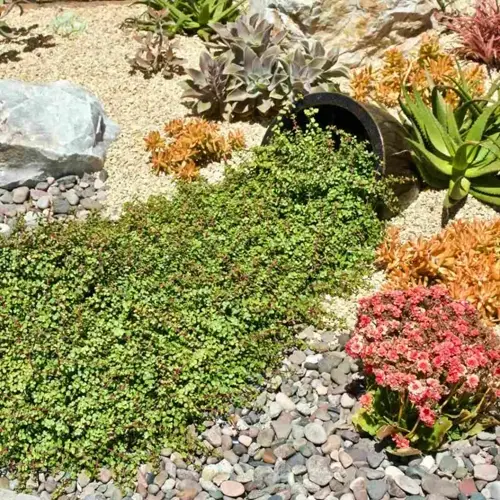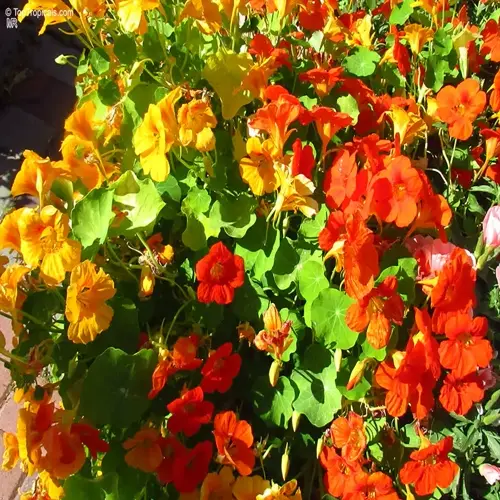What temperature is unsafe for hardening off?

Written by
Julia Anderson
Reviewed by
Prof. Martin Thorne, Ph.D.Understanding dangerous temperatures is crucial for protecting seedlings during the hardening-off process. Most plants are susceptible to frost below 40°F (4°C). Soft varieties, such as peppers, are especially tender when the temperature is below 50°F (10°C). Cold snaps can kill seedlings overnight if they are unprotected. Thus, I am constantly checking the forecasts during the springtime hardening period.
Frost Prevention
- Use row covers rated for 4-8°F protection
- Place water jugs around plants to release daytime heat
- Cover plants before sunset to trap ground warmth
Monitoring Tools
- Insert soil thermometers 4 inches deep near roots
- Install wireless sensors with frost alarms
- Check hourly temperature drops after dark
Emergency Response
- Move plants indoors immediately below critical temps
- Water soil thoroughly before cold nights
- Use incandescent bulbs under covers for warmth
Soil temperature is more important than the air temperature. Whereas leaves can withstand cold air, roots freeze much sooner. It is best to try to take measurements of ground temperature in the root zone. Soils that are below 45°F will cause permanent injury to the growth. I generally use probe thermometers and take temperature readings at dawn.
Heed the temperature symptoms. Cold-stressed tomatoes have purple stems. Plants wilting without high temperatures have root injury. Leaves that look black have frost injury. I check the plants at dawn after a cold night. Plants with injury odds are unassigned.
Microclimates create cold pockets in unexpected places; for example, low areas will accumulate cold air at night. On the other hand, higher areas will stay warmer. Plant seedlings on south-facing slopes, avoiding valley bottoms where cold air tends to settle and frost is more likely to damage plants. I map the microclimates of my garden every season.
Read the full article: The Complete Guide to Hardening Off Seedlings

